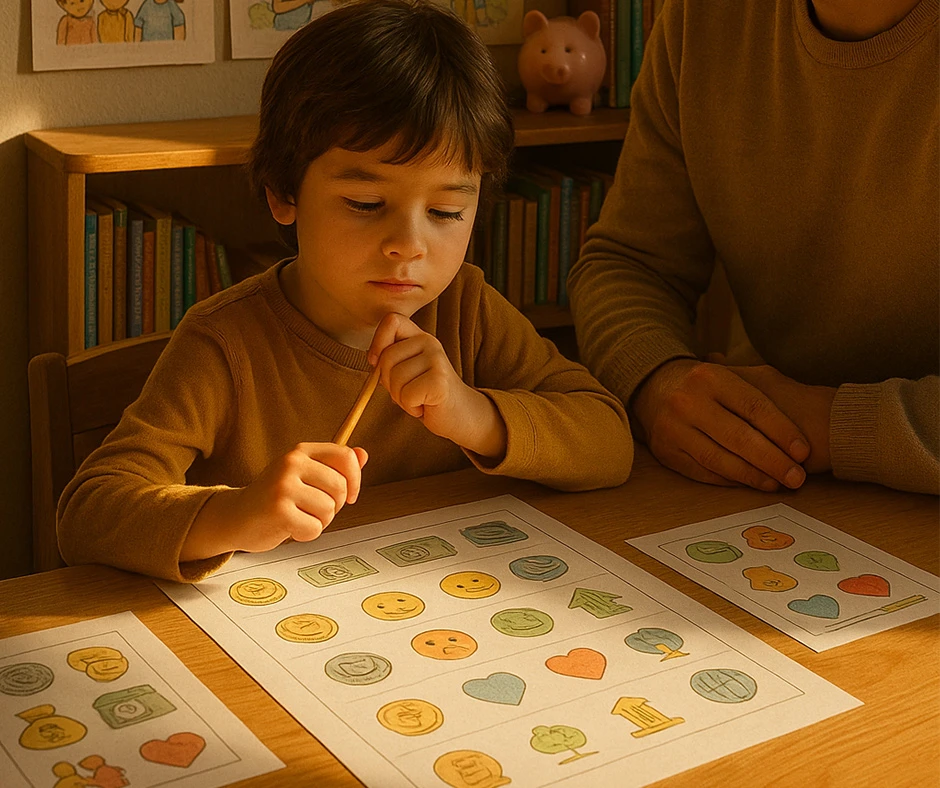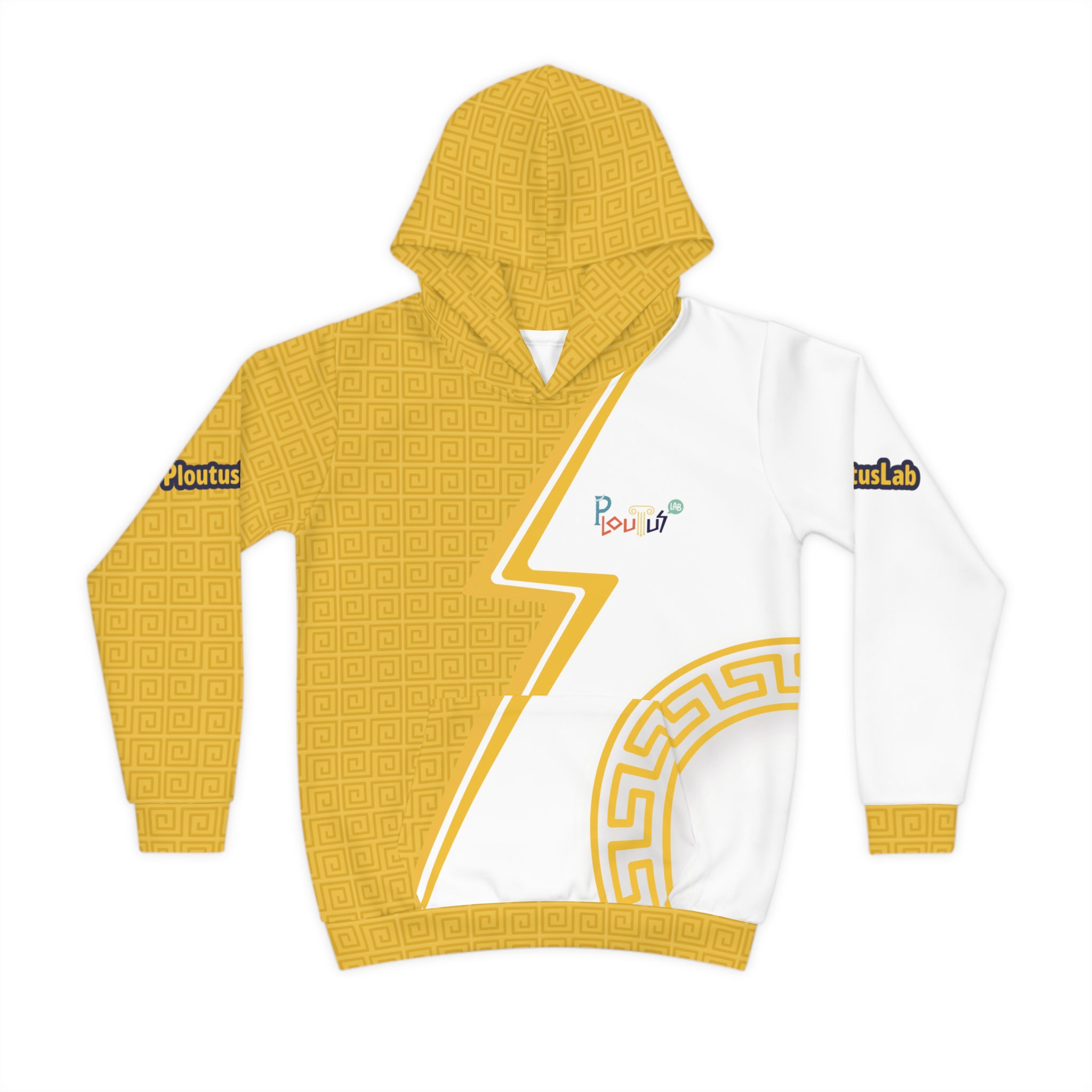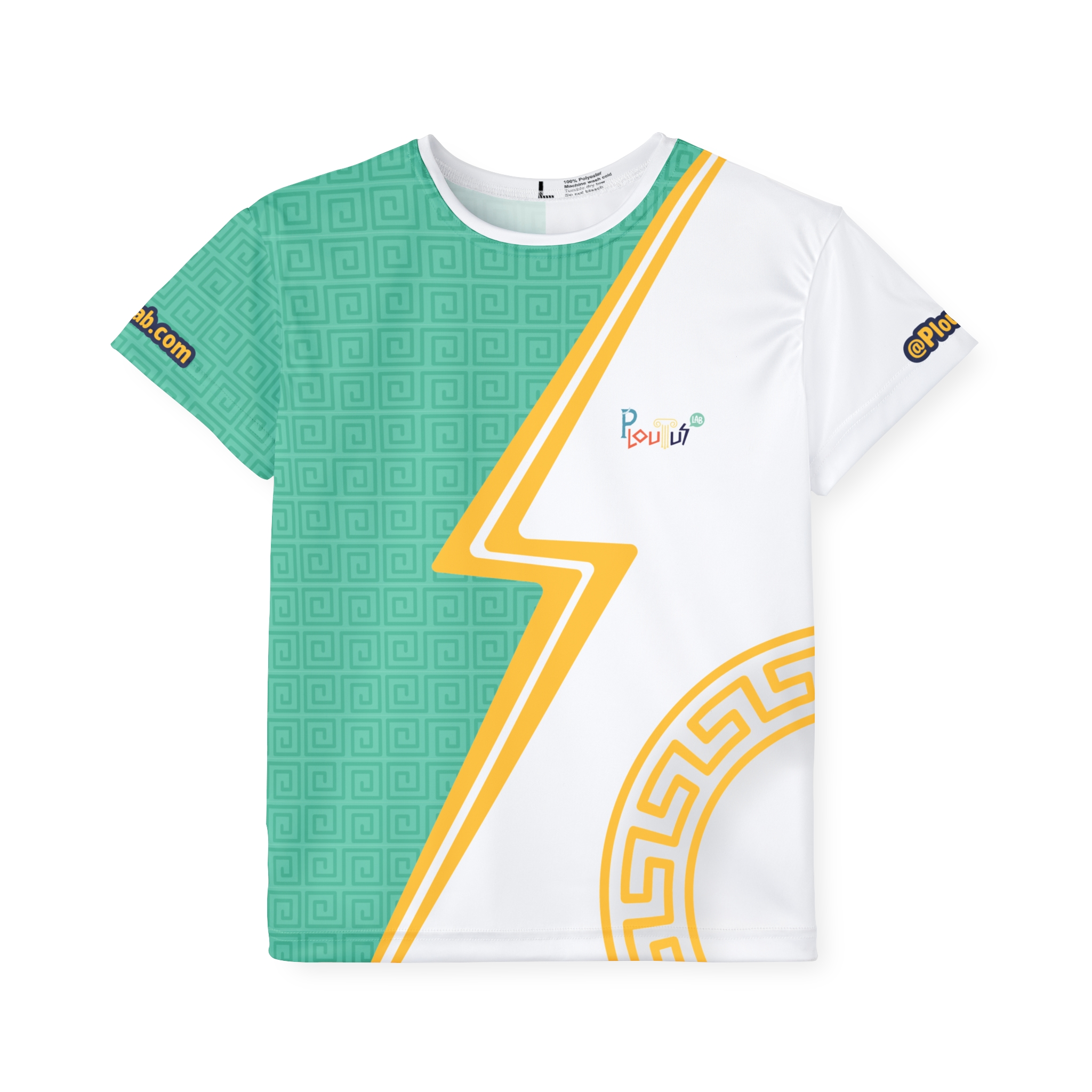The secret to teaching emotions with money: discipline, gratitude, and financial patience
Many children don't have a problem with money; they have a challenge with emotional calm. It's built and practiced with printable financial activities.

“Patience isn't just waiting. It's how you behave while you're waiting.” — Joyce Meyer
Many children don't have a problem with money; they have a challenge with emotional calm. It's built and practiced with printable financial activities.
Why is money a tool for emotional education?
Emotional intelligence is shaped in early childhood. Teaching children to delay rewards activates the prefrontal cortex, which is key to financial self-control.
Two notebook activities that teach how to manage financial emotions
- “Good Debt vs. Bad Debt” (page 14): Sorting through scenarios and discovering financial patience.
- “Values and Money” (page 16): Connecting discipline, gratitude, and self-care with consumer decisions.
What science says
Child Development reports that learning to wait improves emotional regulation, relationships, and reduces impulsivity in adolescence.
Real changes at home
| What your child develops | What you experience |
| Gratitude for what you have | Less complaints and more appreciation |
| Waiting without frustration | Less impulse buying |
| Self-control in the face of immediate desire | Conscious consumer conversations |
| Personal value beyond the material | Children who value themselves for who they are |
Final thought: You're cultivating emotional discipline with every activity. Open page 14 of the "Be a Real Hero" workbook today and start a transformative conversation.






